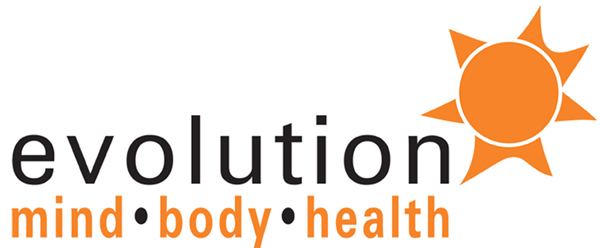January goals.
Sometime around the third week of January, most people who have vowed to change their ways have stopped trying. At the gym yesterday morning, there was only one other person there. When I walked in he said “Where are all those resolutions?”
They were not at my gym.
I saved this addition to the 12 Worst Things We do to Our Health for January because it highlights the resolution problem.
The resolution problem is NOT deciding to skip the resolutions, or set goals. It isn’t about giving up on your own personal health and fitness. The resolution problem is about how we think about our health and fitness.
We are trapped in short term thinking.
We underestimate the time it will take to see significant changes. Often using unrealistic measures for setting ourselves up for failure. Only using our body weight as our success. Body weight is not the best metric, I know many thin people that have cardiovascular disease. Being lean may help you in your athletic pursuits, but in doesn’t give you a free pass to neglect your diet, stress or sleep habits. Although many recreational athletes think that it does.
Metabolic health is harder to measure, but more significant.
Metabolic health is having normal blood sugar, triglycerides, high-density lipoprotein (HDL) cholesterol, blood pressure, and waist circumference, without taking medications. Unfortunately, only 12% of Americans are metabolically healthy. In a study of over 8,000 people only 0.5% of the obese participants were metabolically healthy, 50% of the underweight adults and 30% of the normal weight particpants were considered metabolically healthy.
Higher levels of fitness increase your chances of being metabolically healthy. Lifestyle habits, dietary choices, fitness and activity levels are all important to metabolic health.
Any activity reduces your risk from sitting.
A new study of 8,000 of adults, 45 years and older, found that any movement that replaces sitting reduces the risk of early death. The research found that moving for 30 minutes instead of sitting, lowers the risk of early death by 17%. Swap that 30 minutes of sitting for short bursts of higher intensity acitivity and it is twice as effective, reducing the risk by 35%.
Even 1-2 minutes of of activity provides a health benefit. But, those bursts of activity don’t give immediate, noticeable rewards, so we forget about them.
Short term thinking and all or nothing.
Short term thinking is all or nothing thinking. It is not about the long term plan, or the big vision. What happens when something, like life, gets in the way? When your best laid plans go sideways? If you do everything on your plan and you still don’t get the results you want? All those things can happen. Do happen.
Fit for life.
Getting fit is a long term plan, with no short cuts. Some of the greatest benefits from exercising regularly are not easily measured. Lower blood pressure, improved balance, increased bone density, reduced cholesterol are the invisible changes that happen over time, some over days – lower blood pressure – and some take longer – increased bone density.
Humans aren’t that good at long term thinking. We respond to immediate threats and rewards, but you can train your brain and your body to appreciate the benefits of being in it for the long haul. Exercise gets easier the more you do it. The rewards are cummulative.
Have patience. See yourself in the future, fit and healthy, doing all the things you love to do. Set some medium term goals and take small action steps. Don’t expect miracles. Be in it for the long term.
Change your mind, change your health,
Shayla

